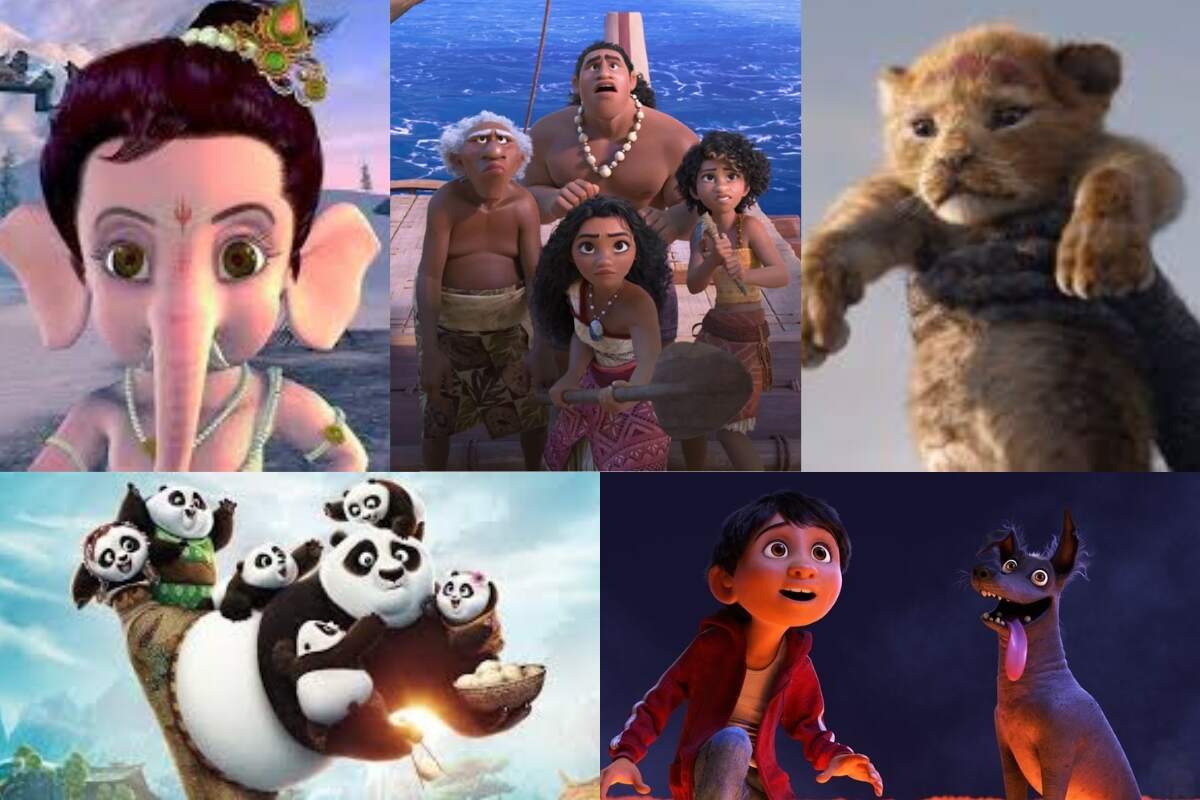
What is 3D Animation? Types, Processes, and Key Techniques
In today’s digital era, animation has revolutionized the way we experience visual storytelling. Among various forms of animation, 3D animation stands out as one of the most captivating and widely-used techniques across industries like entertainment, education, and advertising. But what exactly is 3D animation? How has it transformed media and technology? Let’s dive deeper into the meaning of 3D animation, its history, its applications, and much more.
What is 3D Animation?

3D animation refers to the process of creating three-dimensional moving images using computer-generated imagery (CGI). Unlike 2D animation, which presents characters and scenes on a flat plane, 3D animation adds depth and dimension, creating a more vivid and lifelike representation of characters, objects, and settings. This technique allows for dynamic interaction, as characters and objects move and change perspective within a three-dimensional environment.
3D Animation Meaning
The concept of 3D animation refers to the process of crafting visual representations using digital 3D modeling, rigging, and animation techniques. Animators use it to design characters and objects within a three-dimensional space and adjust and manipulate them to achieve realistic movement and interactions.This technique offers greater control over how objects and characters behave, allowing them to move in lifelike ways within a virtual world.
Also Read: What Is a Feature Film?
Types of Animation
Animation comes in various forms, each serving different purposes. Let’s explore some of the major types of animation:
1. 2D Animation:
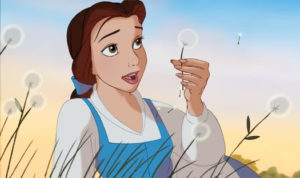
- Description: 2D animation involves creating characters and scenes in a two-dimensional space, either by hand-drawing them or using digital tools. Characters move in two dimensions (height and width), giving the illusion of life.
- Techniques Used: Traditional hand-drawn animation or digital 2D animation using software like Adobe Animate and Toon Boom.
- Uses: Cartoons, TV shows, educational videos, explainer videos, and simple mobile games typically use it.
- Example: Classic Disney films like Snow White and contemporary animated series like The Simpsons.
2. 3D Animation:
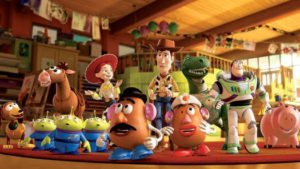
- Description: 3D animation creates models and characters in a three-dimensional space, giving them depth and volume. Unlike 2D, it allows for more realistic motion and lighting effects.
- Techniques Used: This involves 3D modeling, texturing, rigging, rendering, and motion capture. Tools like Autodesk Maya, Blender, and Cinema 4D are commonly used
- Uses: Feature films, video games, advertisements, and virtual reality experiences primarily use 3D animation for its lifelike qualities and dynamic movement.
- Example: Toy Story, Frozen, and most modern Pixar or DreamWorks films.
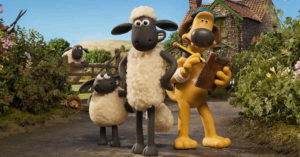
- Description: Stop-motion Animation involves physically manipulating objects (such as puppets, clay figures, or dolls) frame by frame and capturing each frame as a still photograph. Moreover, When viewed in succession, the objects create the illusion of movement.
- Techniques Used: Manipulating physical models or objects and capturing them with a camera one frame at a time. Common types include Claymation and Puppet Animation.
- Common Uses: Film, commercials, and artistic projects that require a tactile, handcrafted feel often use this animation technique.
- Example: Movies like Coraline, Wallace and Gromit, and The Nightmare Before Christmas.
4. Motion Graphics:
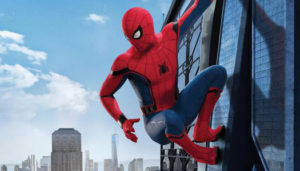
- Description: Motion graphics involve the animation of graphic elements like text, logos, shapes, and symbols. It focuses on visually engaging design and motion rather than characters or storytelling.
- Techniques Used: Common techniques include the use of vector-based graphics, typography, and visual effects (VFX). Software like After Effects is widely used.
- Common Uses: Advertising, corporate branding, title sequences, and explainer videos often feature motion graphics.
- Example: Title sequences in films like The Social Network or animated commercials.
5. Rotoscoping:
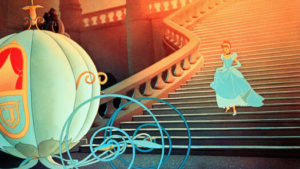
- Description: Rotoscoping is a method where animators trace over live-action footage, frame by frame, to produce lifelike animation or seamlessly blend animated characters with real-world scenes.
- Techniques Used: Using live-action video as the base, artists trace over it manually or digitally to create animated characters, backgrounds, or effects.
- Common Uses: Visual effects (VFX) artists use rotoscoping to integrate animated characters with real-life scenes or to create stylized animations.
- Example: Movies like A Scanner Darkly and the use of VFX in superhero films like 300.
6. Experimental Animation:
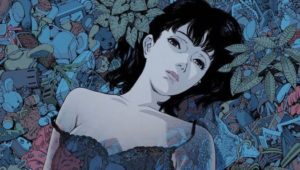
- Description: Experimental animation is an avant-garde form that explores non-traditional methods of animation, often with abstract visuals, unconventional techniques, and unique storytelling.
- Techniques Used: This can include a mix of traditional methods, stop-motion, cut-out techniques, or even abstract digital art. It often pushes the boundaries of what animation can achieve.
- Common Uses: Art installations, short films, experimental cinema, and conceptual projects commonly feature it.
- Example: The Midnight Gospel on Netflix and short films like Waltz with Bashir.
These are the primary types of animation, each with unique techniques, uses, and artistic goals. Understanding each type helps creators and audiences appreciate the range of possibilities animation offers, from realistic 3D worlds to highly stylized and abstract creations.
Also Read: Top 15 Influencer Marketing Agencies in India
Difference Between 2D and 3D Animation
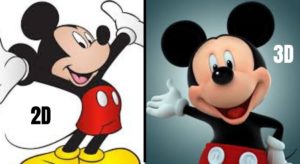
The core difference between 2D vs 3D animation lies in the dimensionality and the way movement is created. In 2D animation, the movement is restricted to two dimensions, whereas 3D animation brings the models and characters into three-dimensional space, offering depth and lifelike movement.
| Aspect | 2D Animation | 3D Animation |
| Dimensions | Flat, two-dimensional | Three-dimensional with depth |
| Complexity | Easier to create and manipulate | Requires advanced skills and tools |
| Realism | Less realistic, stylized | More realistic and dynamic |
| Time & Cost | Faster and cheaper to produce | Takes more time and higher cost |
Applications of 3D Animation:
3D animation has far-reaching applications in numerous industries, revolutionizing how we interact with visuals and information:
- Movies & TV Shows:
3D animation is widely used in filmmaking, both for animated movies and to enhance live-action films through visual effects (VFX). Films like Avatar and The Incredibles showcase how animation can create immersive worlds and characters that seem lifelike. - Video Games:
The gaming industry is one of the biggest consumers of 3D animation. From realistic character designs to fully immersive environments, 3D animation helps create engaging, interactive experiences. Popular games like Minecraft, The Witcher 3, and Fortnite all heavily rely on 3D animation to create their virtual worlds. - Advertising & Marketing:
Brands often use 3D animation in commercials to create dynamic, eye-catching advertisements. Moreover, Product demos and explainer videos often use 3D animation to showcase products in an engaging and informative way, allowing brands to demonstrate the features of their products effectively. - Education & Training:
3D animation is used in educational content to simulate real-world scenarios and provide interactive learning experiences. Fields like medicine, engineering, and architecture use 3D animation to create detailed simulations and tutorials, allowing students to visualize complex concepts and processes. - Architecture & Urban Planning:
3D animation plays a significant role in visualizing architectural designs and city planning projects. For example, architects use 3D modeling and animation to create detailed visual representations of buildings and urban landscapes, allowing clients to see their future projects before construction begins.
Also Read: What is VFX? Exploring Its Types, Techniques, and How its Made
Modern 3D Animation: Tools, Technologies, and Impact of AI, VR, and AR
Modern 3D animation has evolved drastically, driven by new technologies and tools. Some of the most impactful innovations include:
- Advanced Animation Software:
Tools like Autodesk Maya, Blender, Cinema 4D, and Houdini are widely used for creating highly detailed 3D models, textures, and animations. These tools enable artists to push the boundaries of creativity and realism. - AI and Machine Learning:
Artificial Intelligence is being integrated into animation tools to automate certain aspects of the animation process. For instance, AI can help optimize rendering times, generate realistic movements for characters, and even predict how materials will behave in specific environments. - Virtual Reality (VR):
VR is increasingly being used in 3D animation for immersive experiences, particularly in industries like gaming, architecture, and entertainment. VR allows users to interact with 3D animated worlds in real-time, offering unprecedented levels of interactivity. - Augmented Reality (AR):
AR blends digital 3D animation with the real world. By overlaying virtual objects onto real-world environments, AR creates interactive and engaging user experiences. Along with this, Mobile apps, education, and advertising widely use AR animations.
Why Has 3D Animation Gained More Popularity?
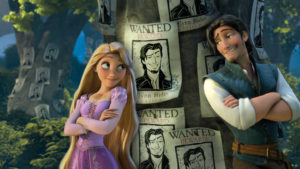
Hence, 3D animation has gained immense popularity due to several key factors:
- Realism and Immersion:
The ability to create highly detailed, lifelike characters and environments gives 3D animation an edge over other animation styles. This realism enhances storytelling, making the audience feel more connected to the animated world. - Versatility and Flexibility:
3D animation can be used across various industries—from entertainment to education and marketing. Its versatility allows creators to experiment with different styles, from photorealistic to highly stylized animations. - Technological Advancements:
With advancements in software, rendering techniques, and hardware, 3D animation has become more accessible and cost-effective. These technological improvements have enabled creators to produce stunning visuals that were once impossible. - Increased Demand for Animation in Entertainment and Advertising:
Moreover, The entertainment industry’s shift toward 3D animated films, coupled with the demand for dynamic advertisements, has increased the use of 3D animation in mainstream media. - Interactive and Immersive Experiences:
With the rise of VR and AR, 3D animation has become a critical component in creating immersive, interactive experiences. These technologies are reshaping h - ow consumers engage with brands and media.
Also Read: Top 10 Branding Agency in Noida
3D Animation in Popular Culture:
Some of the most influential 3D animated movies have significantly shaped popular culture.
Toy Story (1995):
Toy Story was the first full-length feature film made entirely with 3D animation. The story revolves around a group of toys that come to life when humans aren’t around. Woody, a cowboy doll, and Buzz Lightyear, a space ranger, become rivals, but eventually team up to overcome obstacles and save the day. This movie set the foundation for the animation industry, introducing an entire generation to the magic of 3D animation.
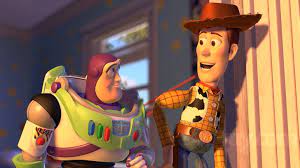
Avatar (2009):
Directed by James Cameron, Avatar takes place on the lush, alien planet of Pandora. The film follows Jake Sully, a paraplegic former marine, who is selected to participate in the Avatar Program, where human consciousness is transferred into genetically engineered Navi bodies. The stunning 3D visuals and groundbreaking motion capture technology changed the way films were made and viewed.
![]()
Frozen (2013):
Frozen tells the story of two sisters, Elsa and Anna, in the magical kingdom of Arendelle. Elsa possesses the power to control ice and snow, leading to an accidental curse that plunges the kingdom into eternal winter. The 3D animation helped bring Elsa’s icy powers and the kingdom’s majestic landscapes to life, making the film a global success.
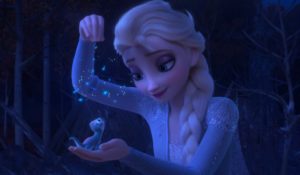
Shrek (2001):
Shrek is a humorous and heartwarming tale of an ogre named Shrek who embarks on a quest to rescue Princess Fiona. Along the way, Shrek, along with his sidekick Donkey, encounters numerous fairy tale characters. The film’s vibrant, cartoony style and character designs brought 3D animation to a wider, more mature audience, proving that animation isn’t just for children.
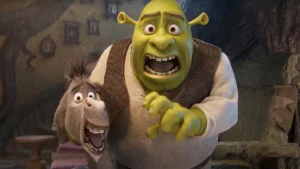
Finding Nemo (2003):
In Finding Nemo, Marlin, a clownfish, journeys across the ocean to find his son, Nemo, who was captured by a diver. This Pixar masterpiece is filled with stunning underwater visuals created using 3D animation, bringing the vibrant underwater world to life. The animation helped create an emotionally resonant and visually immersive experience.
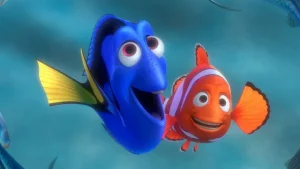
Some of the Other Example of 3D Animation:
The Incredibles (2004):
The Incredibles tells the story of a family of superheroes trying to live a normal life in a world where superheroes are banned. The 3D animation style allows for dynamic, action-packed scenes and highly detailed character designs. The film became a cultural phenomenon, inspiring sequels and merchandise.
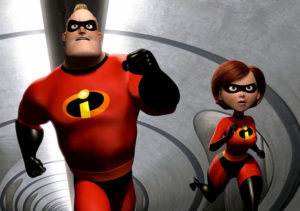
Despicable Me (2010):
Despicable Me follows the story of Gru, a supervillain who plans to steal the moon but is changed by the love of three adopted daughters. The film introduced the lovable Minions, whose humorous antics were brought to life through 3D animation. The movie’s success led to sequels and a spin-off film, Minions.
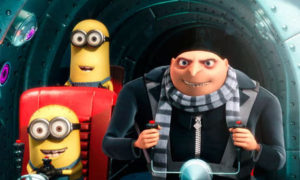
Zootopia (2016):
Zootopia is set in a city inhabited by anthropomorphic animals, where a bunny police officer and a fox con artist work together to solve a mystery. The stunning 3D animation brings this vibrant, diverse city to life with intricate details in character design and urban settings, creating a unique and visually compelling world.
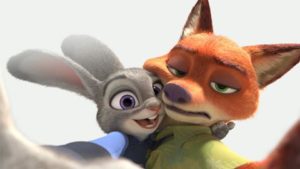
Big Hero 6 (2014):
Big Hero 6 follows Hiro Hamada, a young robotics prodigy, and his inflatable robot companion, Baymax, as they team up to save their city from a mysterious villain. The movie blends 3D animation with futuristic, superhero elements, leading to breathtaking action sequences and heartwarming moments.
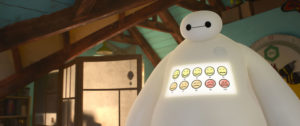
Moana (2016):
Moana follows a Polynesian girl, Moana, who sets sail on a daring voyage to save her island. The film is visually stunning, with 3D animation bringing to life the vast ocean and the island landscapes. Its memorable songs and empowering story made it an instant classic.
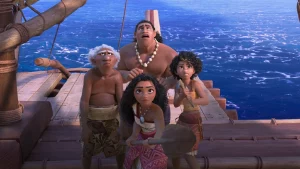
Also Read: Top 15 Famous Film Directors in India
First 3d Animated Movie in India

The first 3D animated movie in India was Chhota Bheem and the Throne of Bali (2013). It marked a significant milestone in the Indian animation industry, showcasing the potential of 3D animation in Indian cinema. The movie is based on the popular children’s television series Chhota Bheem, and it follows Bheem and his friends as they embark on an adventure to save the fictional kingdom of Bali from an evil sorcerer.
The film combined traditional Indian storytelling with advanced 3D animation techniques, making it a landmark production in the Indian animation landscape. Moreover, This movie helped demonstrate the capabilities of 3D animation in India and contributed to the growth of the animation industry, paving the way for future animated projects in the country.
FAQs
- What is 3D animation in simple terms?
3D animation is the process of creating moving images in a three-dimensional space, making them appear lifelike. - What software do animators use for 3D animation?
Popular software includes Autodesk Maya, Blender, Cinema 4D, and Houdini. - What are the types of 3D animation?
Key types include modeling, rigging, texturing, rendering, and motion capture. - What is considered the first 3D animated film?
The first fully computer-generated feature film was Toy Story (1995). - How long does it take to create a 3D animation?
Typically, the time varies, but it takes months to create a full-length 3D animated film. - Can 3D animation be use in gaming?
Video game developers extensively use 3D animation for character design, environments, and movement. - Is 3D animation harder than 2D animation?
3D animation is more complex and requires more time and expertise compared to 2D animation. - How is AI used in 3D animation?
AI is used to automate tasks like motion capture and rendering, improving efficiency in 3D animation. Creators of cartoons, TV shows, educational videos, explainer videos, and simple mobile games typically use it.
- What’s the difference between 3D and anime animation?
Anime is typically 2D animation with distinct styles, while 3D animation creates more realistic, lifelike visuals.
Conclusion
3D animation has become a cornerstone of modern digital media, from movies and games to advertisements and education. As technology advances, so does the potential for 3D animation to push creative boundaries even further. Whether you’re an aspiring animator or just an enthusiast, understanding 3D animation, its history, and its applications will give you a deep appreciation for this fascinating art form.
The future of 3D animation is undoubtedly bright, with new innovations like AI, VR, and AR enhancing the ways stories are told.
Also Read: Top 10 Advertising Agency in Noida
